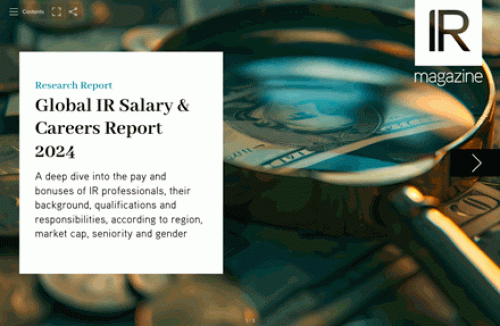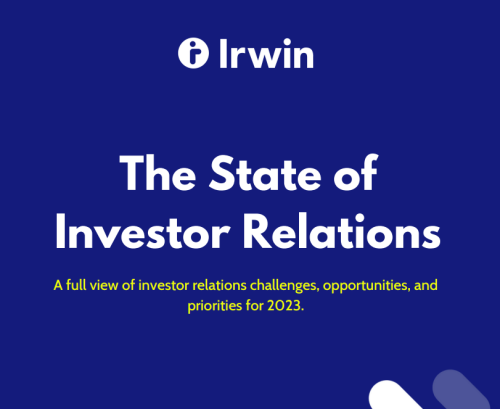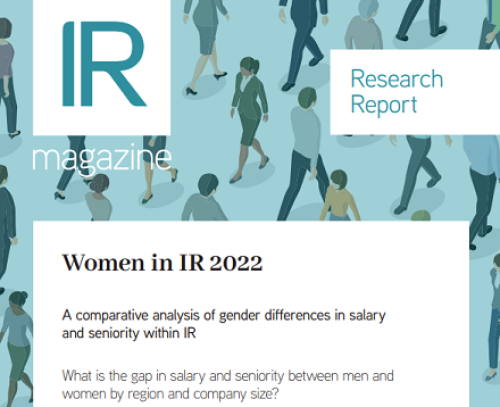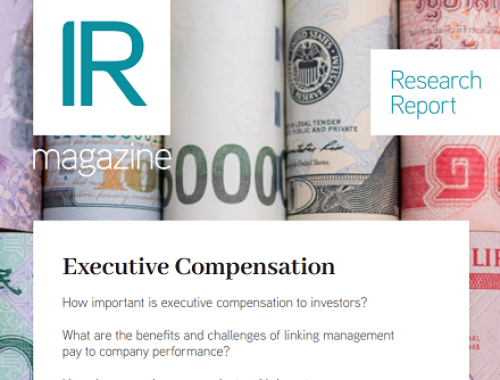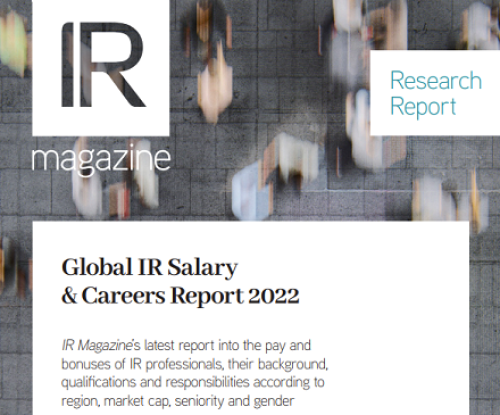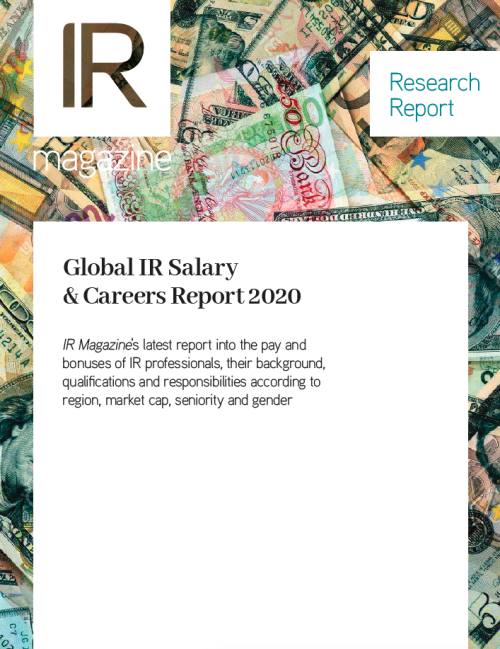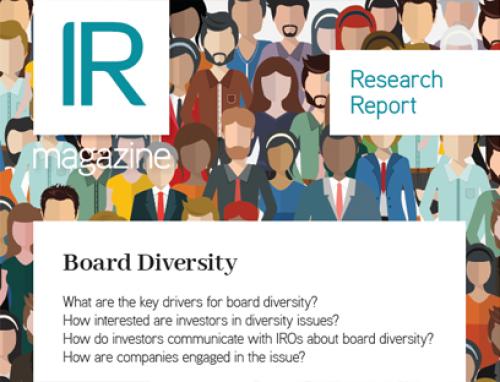To meet the expectations of the private equity industry as it continues to grow and mature, IR professionals are refining their roles to be more value-added and essential components of their firm’s business. And while the limited partner/general partner relationship continues to deepen, the role of the IR team will only grow in complexity.
We see four forces redefining the role of the private equity IR function. Investors around the world continue to increase their exposure to alternatives as they search for asset classes that can deliver differentiated returns. According to data from Preqin, private equity assets under management reached nearly $2.5 tn in the second quarter of 2016, almost doubling over the past decade. This growth has continued, with the latest figures showing more than 200 new funds reaching final close (when the fund reaches its set money-raised threshold) in Q2 2017, representing a combined $121 bn – making it one of the most active fundraising quarters on record.
It’s important to remember, however, that private equity is a unique asset class given its long-term nature and relative lack of performance and risk data compared with other institutional investments. That’s why it is critical for IR teams to actively and continually engage investors in the story behind the investment approach, and make sure limited partners feel comfortable with their commitment over the extent of its duration.
Investor ‘experience’
Private equity general partners are also increasingly focused on putting the customer experience at the heart of the operating model, entrusting the IR team with closer control of the ‘customer journey’. The continued ‘Amazonization’ of the investment process means investors have come to expect a higher level of client service than the private equity industry has grown accustomed to.
In today’s market, investors expect near real-time transparency regarding the performance of their allocations. Consequently, private equity IR professionals must have the performance of every holding at their fingertips, from deployment of capital through to a limited partner’s potential exit.
This information allows investors – especially institutional investors like pension funds and sovereign wealth funds – to evaluate their overall portfolio on a like-for-like basis, in order to make more informed risk and portfolio management decisions.
Further, with general partners often fundraising on a rolling basis, deploying capital in more complex ways – such as recycling funds or using credit – IR teams need to have excellent communication and client relationship skills, and a robust understanding of reporting tools to support them.
Every IR professional is becoming part relationship manager, part salesperson, wearing both hats through the stages of the investment cycle.
Vehicle complexity
The private equity industry today would be nearly unrecognizable to investors from 10 or 20 years ago. Recent innovations have given way to a wide range of investment structures of increasing complexity.
This is especially true of co-investments, which have grown in popularity among both large and mid-sized institutional investors. IR teams now tend to run the co-investment process, leaving the deal team to focus on origination, which means IROs need to have strong, one-on-one relationships with each limited partner and a firm grip on an array of investment and risk metrics.
Private equity isn’t unique to this trend, either. Across alternatives there is a ‘hybridization’ of investment structures, with hedge funds launching private equity-like funds and private equity managers looking to offer more liquid versions of their strategies. IR professionals across alternatives firms need to be able to understand the nuances of these different structures and clearly communicate to investors how a specific strategy or fund fits into a portfolio.
Digitization
There is an increasing array of tools available today that allow investors to easily and efficiently pull data on a particular investment, company or market. Indeed, the prevalence of financial data, research and analytics has transformed the role of the average IR professional from mere data gatherer to value-added data analyst.
Instead of just sharing data points with investors, IR professionals are now expected to analyze and provide insights on what they mean within the context of an investor’s private equity allocation. Playing a more strategic role, IROs become more closely aligned with the technically minded portfolio management team.
To achieve this, IR professionals need to be comfortable using different types of technology and third-party systems and applications. This may include, for example, providing financial charts to an investor, or closely tracking capital commitments throughout the fundraising process.
Sophisticated tools
As more firms embrace the value that can be generated from an increasingly strategic IR function, the new multi-faceted IR professional will face a series of challenges.
From building long-term relationships with new or inexperienced alternatives investors to providing real-time performance data reporting across increasingly complex investment vehicles, the modern IR professional will also require fluency with sophisticated analytical and administrative tools in order to optimally manage the new array of responsibilities.
For the savviest investor relations teams, however, this evolution in their role also represents an important opportunity to help general partners further deepen their trusted limited partner relationships and ultimately deliver sustainable long-term value to investors in the competitive and complex private marketplace.
Richard Harland is managing director at SEI IMS

